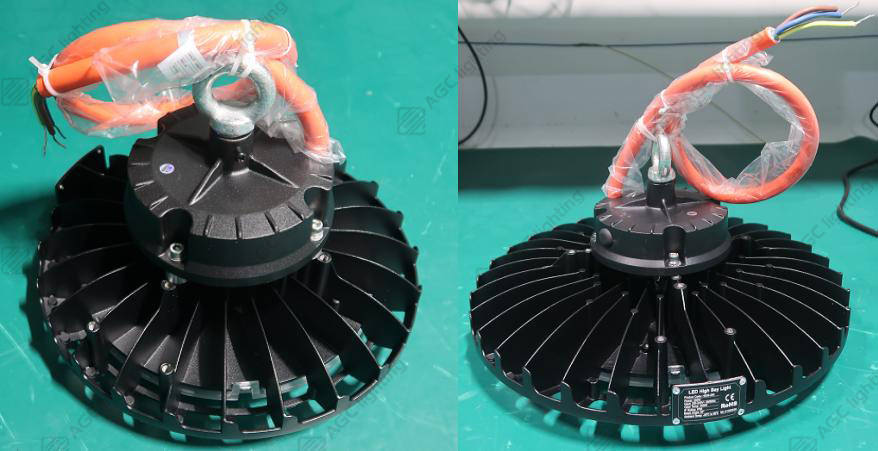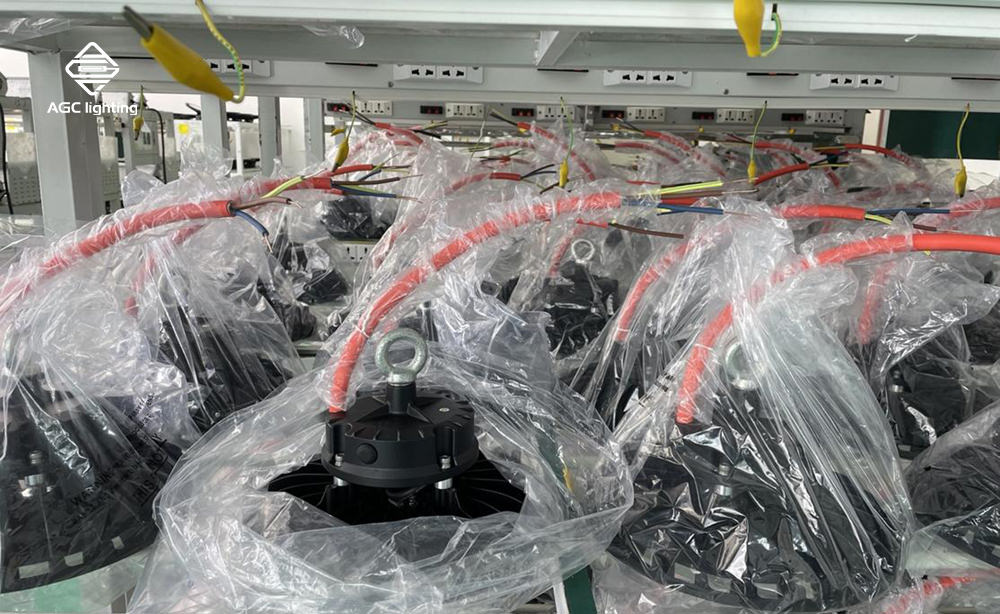In many chemical compounds, elements like fluorine, chlorine, bromine, and iodine, collectively known as halogens, are commonly found. One well-known compound is polyvinyl chloride (PVC), widely used for its durability in technical products, insulation, and cable sheath materials. However, the harmful effects of halogens on health and the environment have prompted governments to start restricting their use in some projects. As a result, halogen-free materials are now increasingly being adopted for cables. In this article, we will introduce halogen-free cables and explore their advantages over traditional halogen-containing cables.

Halogen-Free Cables: A Safer Alternative
Halogen-free cables, as the name suggests, do not contain any halogens in their plastic composition. Common plastics containing halogens include polyvinyl chloride and fluoropolymer rubber. When traditional halogen cables are subjected to heat or fire, they release corrosive acids and gases, posing health hazards. In contrast, halogen-free cables prevent such emissions and are especially suitable for applications in public buildings, transportation, or other settings where fires can cause significant harm.
Is there a way to ensure high-performance lighting fixtures while also adopting cost-saving measures to maintain an overall affordable price for the project? Yes, let's also consider the inclusion of light poles in our analysis.

Recognizing Halogen-Free Cables
Halogen-free cables are often referred to as "Low Smoke Zero Halogen" cables and can be identified by acronyms such as LSOH, LS0H, or LSZH. These cables are usually laid to ensure maximum insulation, reducing the risk of combustion and associated dangers. Meeting stringent standards, these cables undergo a series of checks based on European regulations, including:
- CEI EN 60332-1-2
- CEI EN 50267-2-2
- CEI EN 61034-2
- CEI 20-22/2
- CEI 20-37/3-1
AGC, a reputable provider, strives to meet project requirements by offering flexible customized options. For instance, one of the clients requested a halogen-free cable for a sub-way project, and AGC did that to make both contractors and end-users happy.

Let us know if you have any special requirements, and contact us.
You can also click this vedio for more info about halogen-free cables:












